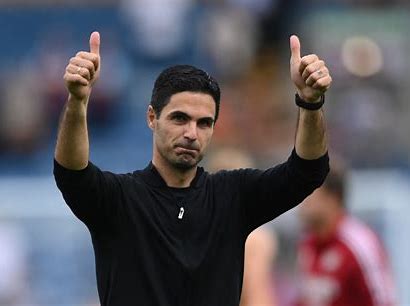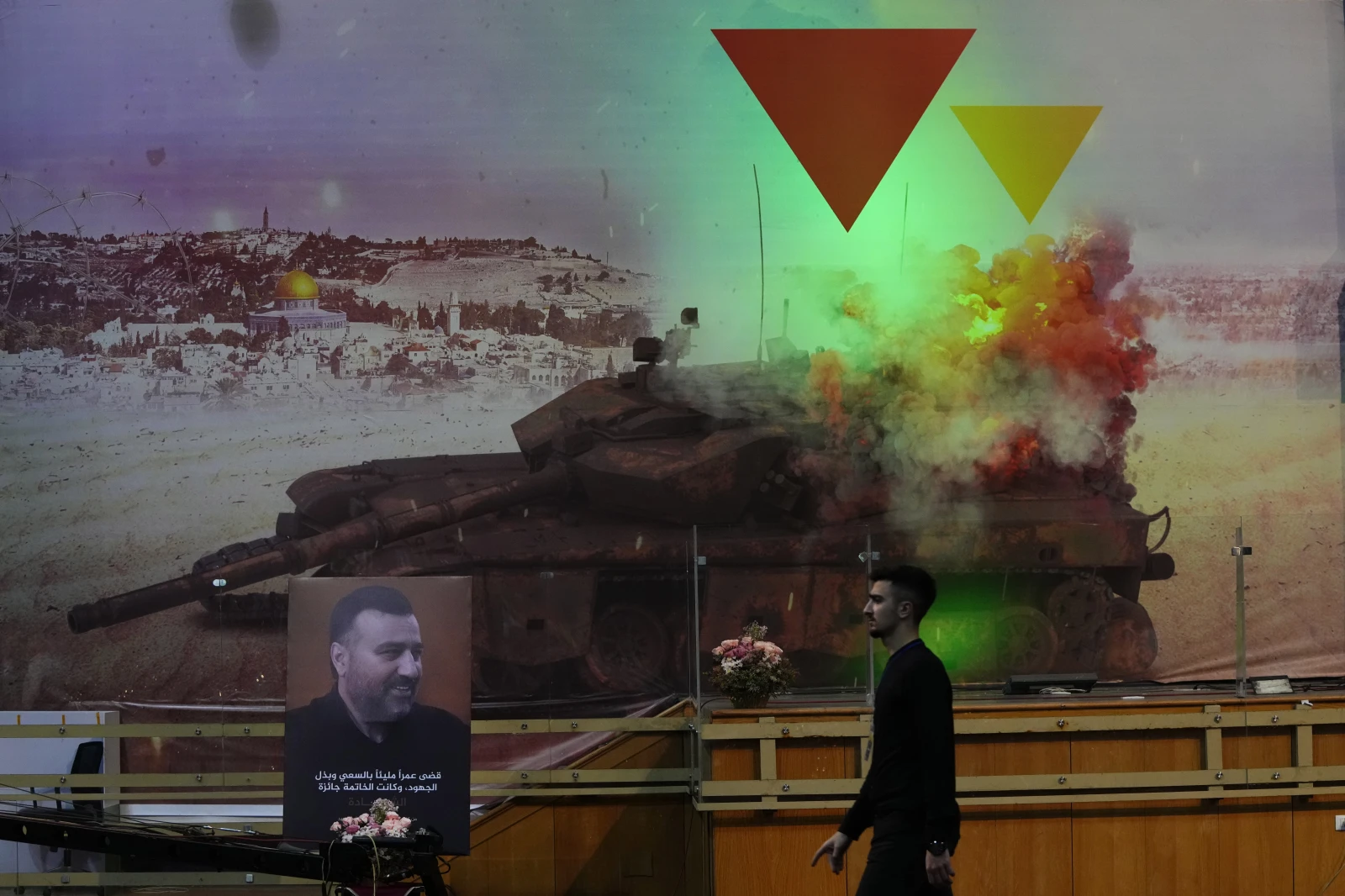
After Arsenal’s 2-0 loss at home to Liverpool made it three defeats in a row in all competitions, the overarching narrative was that Mikel Arteta’s team lack a clinical goalscorer.
Perhaps that is true. Arteta may not have an Erling Haaland or Mohamed Salah who are hellbent on being on the scoresheet in every game, but does he actually need one? The rational answer is that they probably don’t.
Hang on, don’t reach for the keyboard just yet – let’s talk things through. In the last four games, Arsenal have created chances worthy of five non-penalty goals. They have only scored twice. Simply delving into the transfer market is not guaranteed to fix that issue.
Previous analysis has shown that getting chances is a more important indicator of future success than a player’s – or team’s – finishing ability. Put simply, the effect of a player’s finishing skill is very small compared with more important factors, such as the location or angle of the shot.
The identity of the shooter is largely irrelevant; the creation of chances is more crucial to the sustainability of success.
“We haven’t capitalised,” said Arteta after their defeat to Liverpool. “Not just today, but in the last few games as well. That’s why we’re not winning games. Merit-wise, there is no question that we deserve to win the games but the results are very different.”
Arsenal are in a slump, there is no escaping it. But if we zoom out, you can see that their recent wastefulness in front of goal is a rare occurrence across the past 18 months – in which Arteta’s men have largely overperformed when comparing their goals and expected goals over time.
Arsenal’s manager called for calm from the fanbase, asking them to “stick behind the team” during a difficult period of results. He is right to do so. Not because it keeps the Arsenal faithful onside, but because Arsenal are largely doing the right things that you would ask of an elite side.
Yes, except for the crucial bit of putting the ball in the back of the net, but there are positive factors that look to be a more sustainable source of goals for the future.
One of those factors is Arsenal’s out-of-possession approach, which is among the best in European football. It has been a feature of their season – and something that The Athletic have previously analysed – that has made their defensive foundation stronger than in any season since Arteta joined.
It is effective at keeping the ball out of their own net, but it is Arsenal’s ability to create great chances from such a coordinated high press that has become a crucial attacking weapon. In the Premier League this season, only Brighton average more than Arsenal’s 1.3 shot-ending possessions won in the attacking third per game. In case that needs clarifying: this is a good thing.
Arsenal’s front-footed play was a huge positive in their performance against Liverpool, particularly in the first half in which they regained the ball high on five occasions. For context, Liverpool have only once conceded possession more in their own defensive third in a first half in all competitions this season. It shows how aggressive Arsenal were without the ball.
The coordinated press should have led to the game’s opener after 10 minutes. As you can see below, Arsenal go player-for-player during Liverpool’s build-up, pinning them to their left flank. Bukayo Saka’s tackle allows the ball to break to Kai Havertz, whose pass to Reiss Nelson is good — unfortunately for Arsenal, Ibrahima Konate’s block was outstanding. On another day, Martin Odegaard’s rebound bounces under the bar and not off the face of it.
- The Athletic report
After 29 minutes, Arsenal are similarly marking tightly with Declan Rice pouncing as soon as Alexis Mac Allister receives the ball. As Odegaard breaks forward, the pass to Havertz — where Arsenal have an overload on the right side — is slightly behind him, which forces the Germany international across goal where Liverpool have bodies behind the ball.
Sure, the finish could have been better, but the key point is that a better pass was also lacking in the crucial moment. A new striker doesn’t fix that.
It was the same again on 43 minutes, with Jarell Quansah’s pass into Trent Alexander-Arnold cut out by Nelson. If Odegaard had played the resulting pass in front of Havertz (slide 3; grey arrow) instead of behind him — the shot would have been a one-on-one with the goalkeeper rather than another tame effort from a difficult angle.
It is tiny details that are crucial in determining the outcome of a game, but Arsenal are creating high-quality situations from this approach. That requires high football intelligence from their forwards, and is arguably more difficult — and sustainable — than having a single clinical striker who contributes little more than shots.
Ironically, it was Arteta’s opposite number on Sunday afternoon, Jurgen Klopp, who famously said that “no playmaker in the world can be as good as a good counter-pressing situation.”
Such was the impact of Arsenal’s suffocating pressing early on, Liverpool changed their approach at half-time — electing to bypass the press with longer passes from the back towards Darwin Nunez, who switched to the left wing in the second period.
Of course, Arsenal’s main issue was getting the breakthrough when they had the chance. The principle of undertaking such physically exerting work out of possession is that you typically reap the rewards by scoring a goal. This then allows you to control the pace of the contest while in a winning game state — and was a big theme of Arsenal’s campaign last season.
Instead, on Sunday, the increasingly transitional nature of the game suited Liverpool more as the match went on. Arsenal ran out of steam and were punished as a consequence.
So, would an elite goalscoring No 9 help Arsenal’s finishing? Of course, it would help any team. But finding one is neither easy nor cost-efficient, especially mid-way through a season.
What can be more cost-efficient is controlling the process of working the ball into those lucrative areas while having a stronger defensive foundation — and that is what Arsenal are doing.
(Ben Stansall/AFP via Getty Images)
At the elite level, with margins so tight, one bad week can flip a whole season on its head. Despite leading at Christmas, Arsenal are now five points off the pace in the Premier League and out of the League Cup and FA Cup. When your two closest rivals include Liverpool and Manchester City, small slumps are far more punishing than most other European leagues.
Nevertheless, the point remains: what Arsenal are doing this season is a more sustainable predictor of future success.
In the long term, who is on the end of their chances is — controversially — less important.











